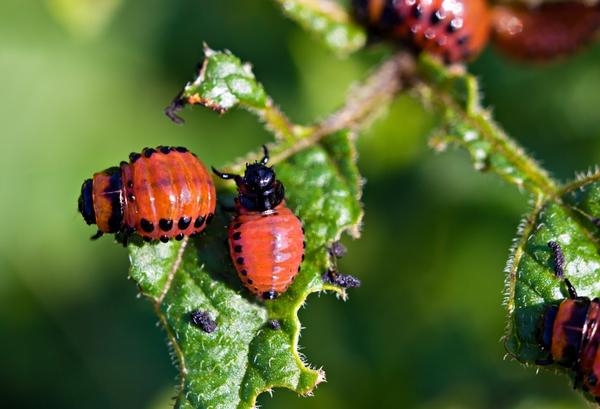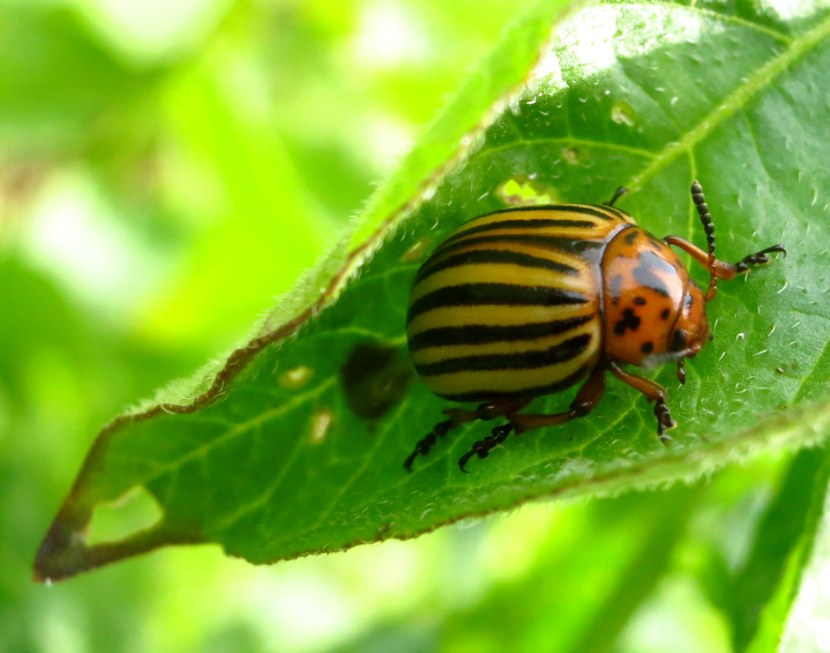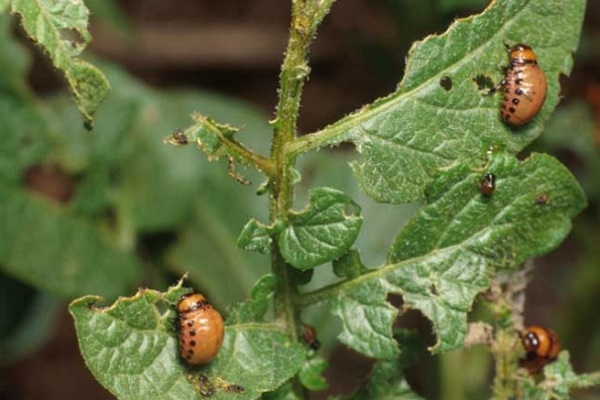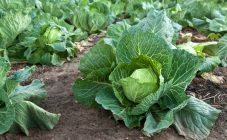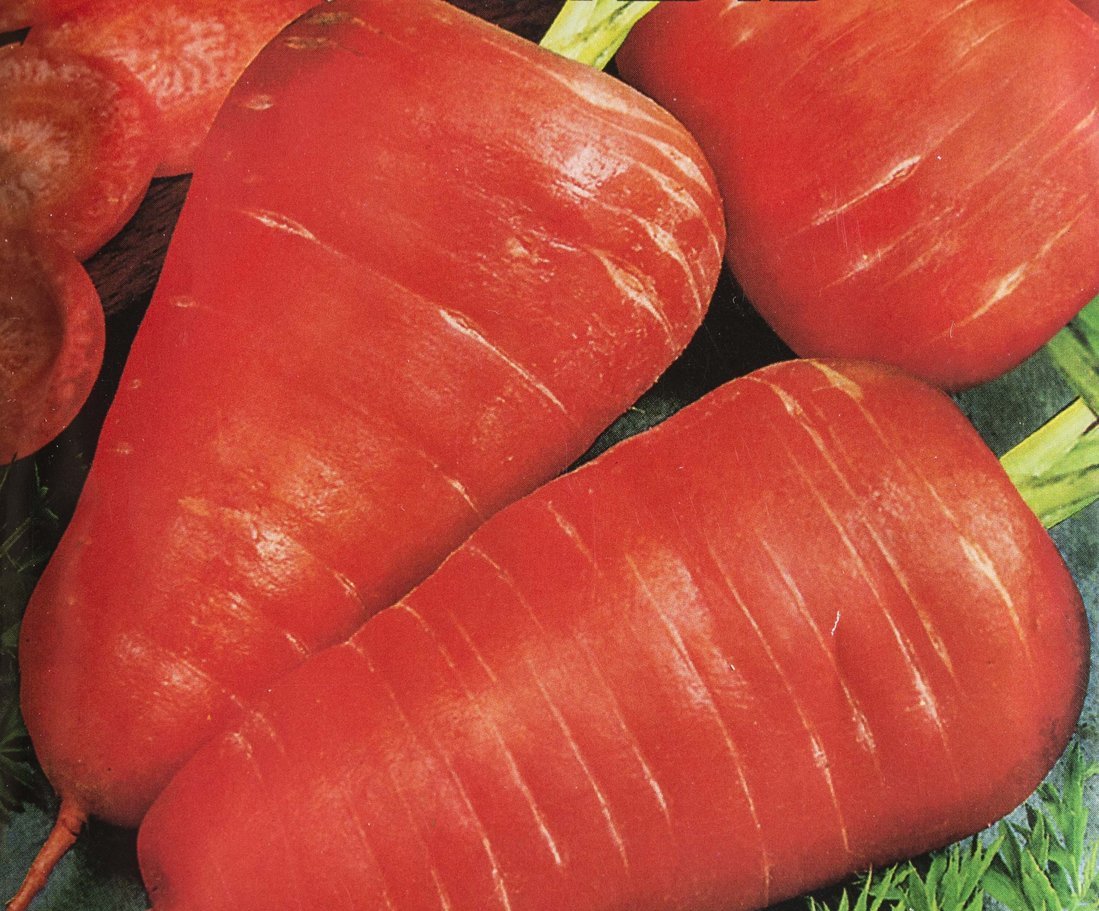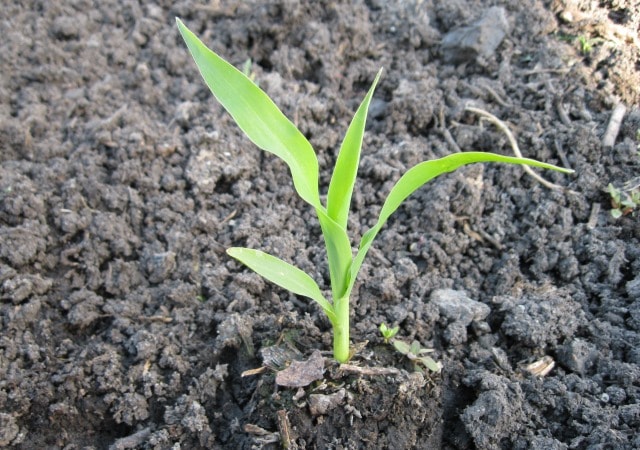The Colorado potato beetle, also called the Colorado potato and leaf beetle, is a species of insect that feeds on plants from the nightshade family, the main pest in agriculture. It got its name thanks to its voracious expedition to the American state of Colorado in 1859.
When the Colorado potato beetle appears
The appearance of the Colorado potato beetle occurs in early spring; in the winter it buries itself in the ground by about 50 centimeters. As soon as the positive air temperature becomes constant, the beetles come to the surface. If the females were fertilized in the fall, then the new generation appears in 1 - 2 weeks.
The appearance of the Colorado potato beetle in the Moscow region also depends on the air and soil temperature. As soon as these indicators become constantly positive, you should wait for the appearance of this pest in the gardens. Warming up the soil to about 10 degrees is sufficient to awaken Colorado pests.
What does he look like
The size is average, about 10 mm long and 6 mm wide. Oval body, shiny, orange-yellow color. The larvae are bright yellow or pink, 15 mm long. After the larvae begin to eat the leaves of the potato, they will turn orange. Life expectancy is on average 1 year, but some insects live for 2-3 years. The peculiarity of the life of these pests is that they can enter diapause, i.e. very significantly slow down their metabolism, which allows them to survive the time of hunger and severe frosts.
How to deal with a pest
The natural enemy of this potato killer is Fragrant Tobacco. It is more attractive to him than potatoes, and, at the same time, very poisonous. The tobacco must be planted close to the potatoes, it is important that the tobacco seedlings must be sown several weeks before the expected appearance of the pest.
Seedlings must be planted simultaneously with planting potatoes, along the perimeter and directly in rows with this root crop.
He also does not like the smells of the following plants: calendula, night violet, onion, wormwood, marigolds. They are recommended to be planted between potato beds and next to them.
Small areas of potatoes can be processed independently without the use of various tools. The insects are collected by hand in a container filled with water or kerosene. If the planting area is large, then you can use chemicals.

